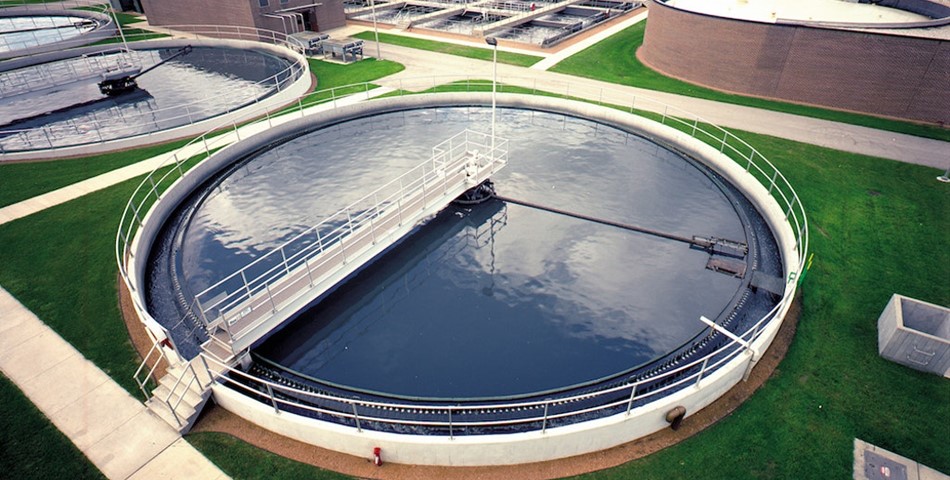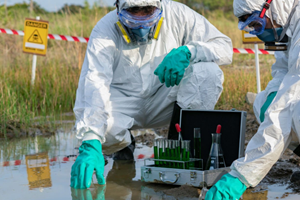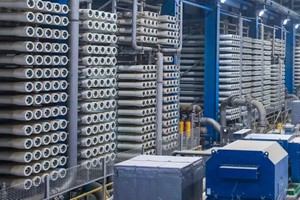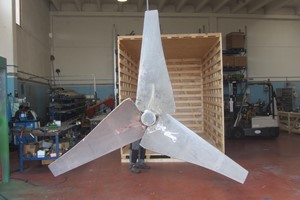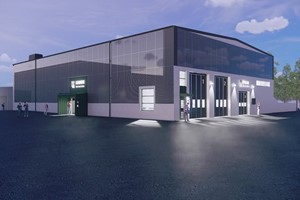The increasing scarcity of water and energy has intensified the need for innovative wastewater treatment technologies and alternative energy sources. Microalgae-based systems have garnered significant attention due to their ability to adapt to various wastewater conditions, absorb nutrients like nitrogen and phosphorus, and convert them into valuable biomass, including lipids for biodiesel production (Li et al., 2022). This dual capability enables simultaneous wastewater treatment and resource recovery. Moreover, microalgae can function autotrophically and heterotrophically, utilizing chemical oxygen demand (COD) in water and absorbing CO2 via photosynthesis, effectively transforming wastewater treatment plants into carbon sinks (You et al., 2022).
Microalgae cultivation typically follows either suspended or attached growth methods. Suspended cultivation, the traditional approach, faces challenges such as high energy consumption for aeration and mixing, low light utilization efficiency, and costly recovery processes (de Assis et al., 2017; Liu et al., 2013). Recovery efforts, including filtration and centrifugation, can account for 20–30% of total costs (Barros et al., 2015). Alternatively, attached cultivation involves growing microalgae on substrates or membranes, forming biofilms. This method eliminates the need for mechanical mixing, simplifies biomass recovery, and enhances the efficiency of light and CO2 usage, making it highly efficient and space-saving (Wang et al., 2018; González-Camejo et al., 2019).
To address the limitations of traditional methods, a hybrid suspended-attached (S-A) system was proposed (Zhuang et al., 2014). This system combines the advantages of both methods, offering improved pollutant removal and higher biomass yields. However, the differences in biological and physicochemical characteristics between suspended and attached microalgae in S-A systems remain insufficiently understood, which hinders further optimization.
Sulfamethoxazole (SMX), a widely used antibiotic, often contaminates wastewater due to its extensive use in medicine, livestock, and aquaculture. Its persistence presents treatment challenges and poses risks to human and ecological health (Jiang et al., 2011). Microalgae can effectively remove antibiotics like SMX through biosorption, bioaccumulation, and biodegradation, with some studies suggesting that antibiotics may even stimulate microalgal metabolism (Xiong et al., 2021; Kiki et al., 2022). However, the impact of SMX on S-A systems, including its effects on pollutant removal efficiency, biomass accumulation, and microalgal properties, requires further investigation.
This study examines the interaction between SMX and S-A microalgae systems, focusing on biomass accumulation, SMX degradation, and pollutant removal. It explores how different SMX concentrations affect these parameters and investigates changes in the physicochemical properties and biomass composition of microalgae. The findings aim to optimize conditions for industrial-scale cultivation and support large-scale biomass recovery, contributing to sustainable wastewater treatment and resource utilization.
By Peihua Li, Lin-Lan Zhuang, Jian Zhang, Yin-Hu Wu, Hong-Ying Hu



